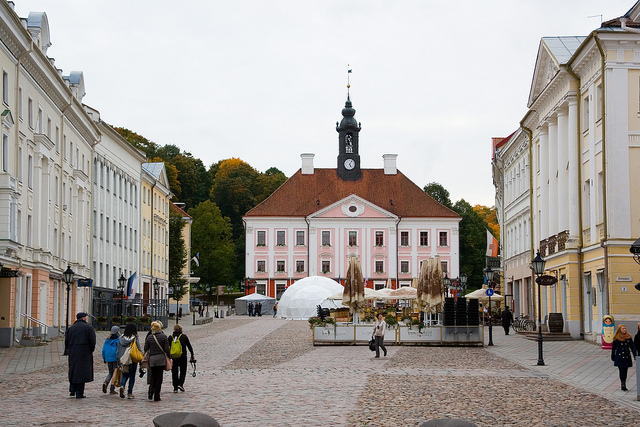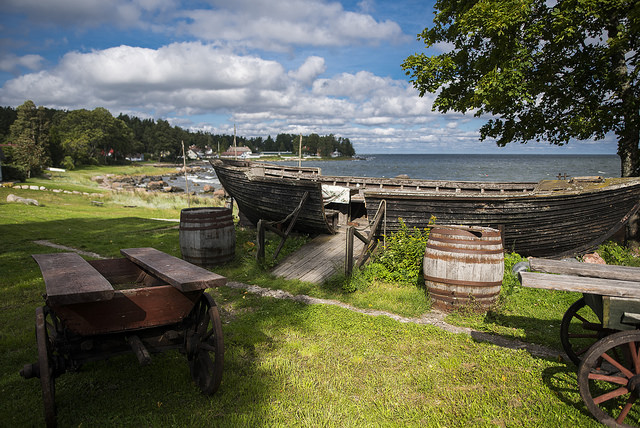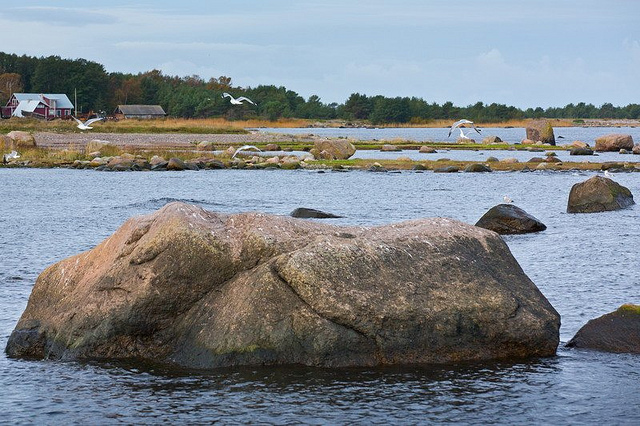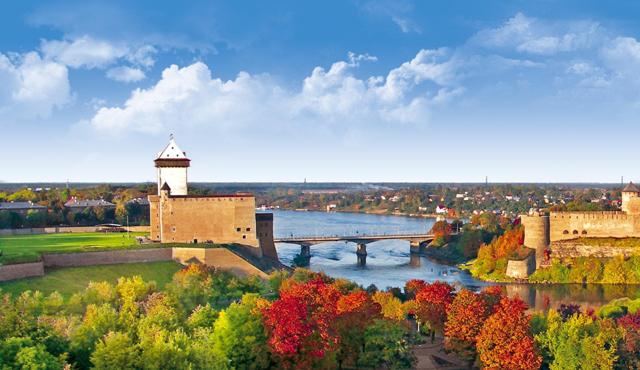NB! These outings are not included in the conference programme and need to be booked by the participant(s) themselves.
Our partner travel agency Estravel has suggested several trips to other locations in Estonia as well as around Tallinn. In order to book one of the suggested trips and/or ask for more personalized offers, please contact siseturism@estravel.ee.
TARTU (full-day programme)

The tour includes a walk around the old town and Toomemägi hill above the university, stopping at the Town Hall Square and the famous leaning house nearby as well as the unique Kissing Students fountain that has come to symbolise the city. The tour will also take us into the medieval Gothic brick church of St. John which has now been restored after lying in ruins for 50 years. Just beyond the old town’s borders, visitors will find the quaint and colourful wooden house neighbourhoods of Karlova and Supilinn, near time capsules of early 20th century living.
Read more about Tartu.
HAAPSALU AND ITS SURROUNDINGS (7 hours)

Read more about Haapsalu.
A FULL DAY TRIP TO LAHEMAA NATIONAL PARK (5 hours)

We will visit the beautiful Palmse and Sagadi manor houses of German landlord families dating back to the 18th centuries. Both manors with their parks, greenhouses, stables, etc. have been furnitured and decorated in the style of 1820ies. Besides learning about Baltic barons’ lifestyle, you get an idea of Estonians rural life in the past centuries. Fishermen’s villages are more than 500 years old. At the idyllic captain’s village of Käsmu, we introduce you to the past of Estonian seafaring. The most attractive part of Lahemaa is indeed the nature with its bays, forests, bogs, limestone cliffs and huge boulders. The park’s fauna and flora are rich as well – all of which you will be able to see on this outing.
Read more about Lahemaa.
PRANGLI ISLAND (full day programme)

This all-inclusive tour package includes transfers from Tallinn city centre, ferries to and from the island, a truck excursion with an English-speaking tour guide, visit to a church and lunch at a seaside restaurant. During the day there are two hours of free time for exploring the island’s wild nature, walk on the beach, visit the tiny village and buy souvenirs from the local shop.
What to see on Prangli island?
- Fishing villages with well-preserved atmosphere from last century, mixed with Soviet influences, and narrow streets bordered with dry-stone walls.
- Memorial of the ship “Estonian Beach”, one of the last ships deporting Estonians to Russia in 1941. The captain steered the ship to the coast of Prangli after it had been bombed, saving more than 2700 Estonians from drowning and from being deported to the gulags of Soviet Union.
- 400-year-old Prangli church which has been rebuilt 4 times, and Prangli private museum that provides an introduction to historical traditions of the islands, including exhibits of seal-hunting and fishing equipment.
- Erratic boulders that are peculiar to Estonia as a classical distribution area, including one of the 120 giant boulders named Red Stone. These large stones have been an inexhaustible source for local folklore since ancient times, becoming related to various legends and beliefs.
- Natural-gas grill that was discovered in the 1900s on Prangli and its tiny neighboring island, Keri, which boasted as the only natural-gas fueled lighthouse in the world.
Read more about Prangli here.
EASTERN ESTONIA (full day programme)

Next stop is in Narva, the third largest city in Estonia which is located at the eastern extreme point of Estonia. The frontier location of Narva is the most distinctive feature of the past and the present of the town. The historic border between Russia and Estonia runs along the banks of the rapid river that swiftly flows its waters out of lake Peipus and into the Baltic Sea, dividing two civilizations since the Middle Ages – the Catholic European North and Orthodox Slavonic East. The border, however, is not a mere line that separates, but also unites the two cultural worlds that mutually influence each other. The promenade stretches along Narva River from the river port to the castle which is one of the main attractions for both visitors as well as citizens of Narva.
Another attraction located on Narva River is Kreenholm Island with its the double-terraced waterfall. In 19th century, the largest factory in the Russian Empire at that time, Kreenholm Textile Factory was built on the shore of this waterfall, giving a job to 10 000 people. A compact complex of industrial architecture developed around the factory that included the factory, a hospital, workers’ barracks, directors’ houses, and a park. All buildings were built in the English style, using red brick, and the factory’s brand was known far beyond Estonia.
Sightseeing continues with Alexander’s Cathedral and Pühtitsa Dormition Convent (also known as Kuremäe Convent). Alexander’s Cathedral was built in the late 19th century and named in the honour of the Russian Emperor Alexander II. The church bell tower was totally destroyed after WWII and was only reconstructed in 2008. The Kuremäe Convent was established in 1891 and is the only functioning Russian Orthodox nunnery in Estonia. In ancient times, it worked as a sacred place for the Estonians with a sacrificial spring located at the foot of the hill. The spring is known as a “holy spring” today for the curative powers of its water where one can also bathe in. The convent gates are open and you can walk around to observe life in the convent. In order to see various churches in the convent complex that are otherwise closed to the public if to order such bus trip with the nuns.
Read more about Sillamäe and Narva.
Find out more about events and sights in Estonia on the VisitEstonia portal. All photos courtesy of VisitEstonia.com.

